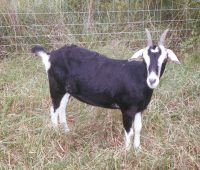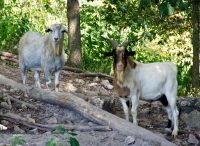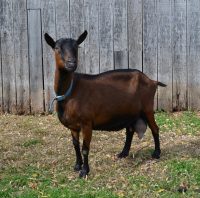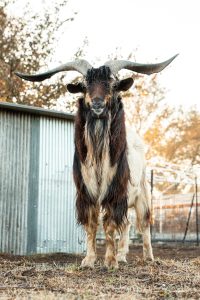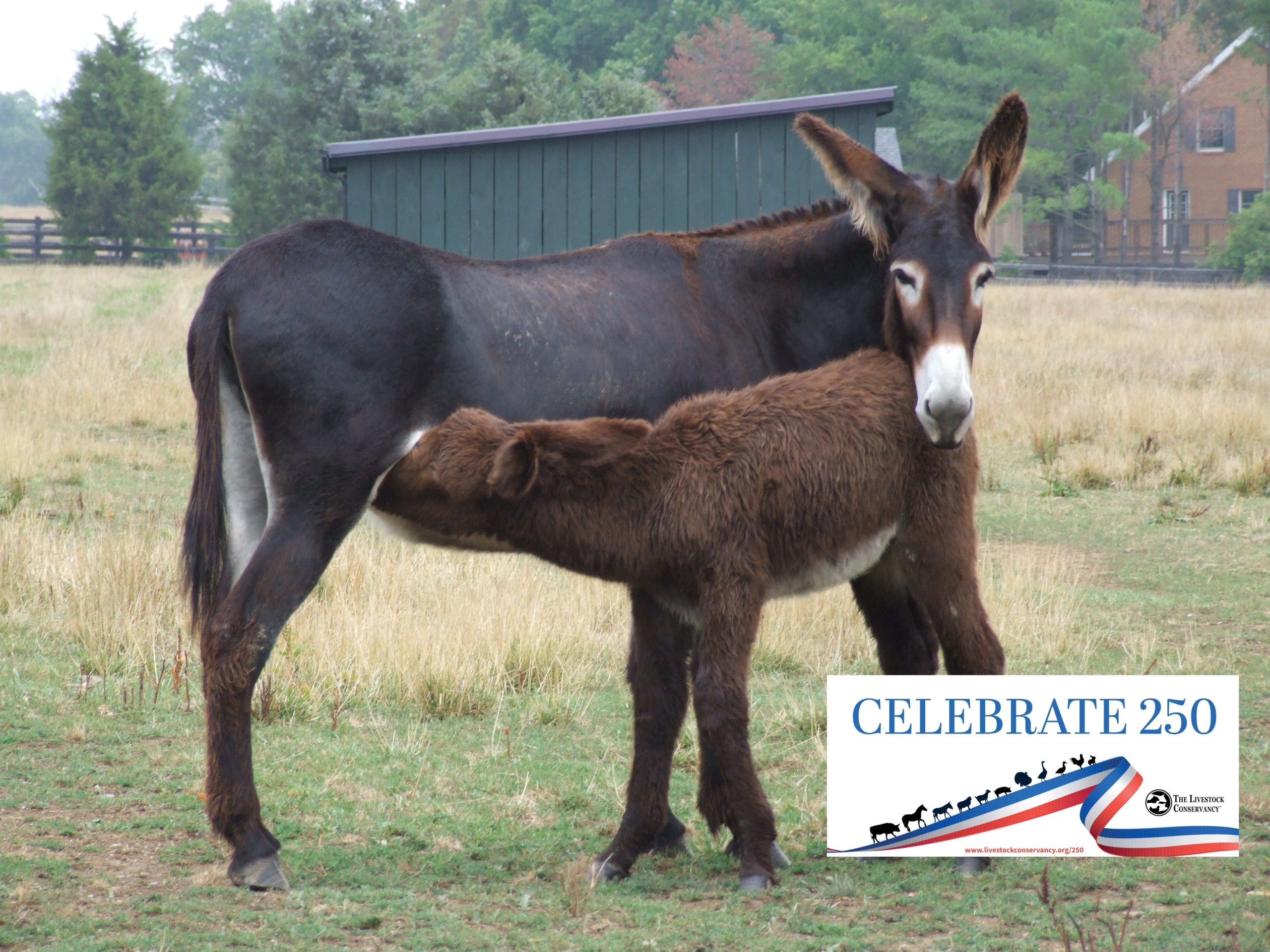by Emily Hayes, Research Associate, Department of Agricultural Sciences, Tennessee State University
Origin of Domesticated Goats
Archaeological evidence suggests that goats were among the first animals domesticated over 10,000 years ago, originating from the wild bezoar ibex in the mountainous regions of present-day Iran and Turkey. As agriculture spread from the Fertile Crescent, goats accompanied early farming communities across the Mediterranean into Europe, Asia and Africa, leading to the development of various regional breeds with a shared genetic ancestry.
History of Goats in America
In the 16th century, Spanish explorers introduced goats to the Americas. Some were released on coastal islands to serve as food for future explorers, while others spread across the southern regions with explorers and missionaries. From the 17th to 19th centuries, other European settlers brought goats to the East Coast. Goats provided a supply of milk, meat and fiber and were easy for homesteaders to manage. As settlers moved westward, goats spread across the U.S. and helped shape American agriculture. In the early 20th century, as U.S. agriculture shifted toward large-scale production, goat numbers declined, but their presence on small farms remained important. By the mid-1900s, breed registries were established by enthusiasts and serious producers focusing on maintaining breed-specific characteristics.
Spanish goats, with varying body types and coat colors, and some lines producing heavier cashmere coats, descended from landrace animals brought to the Americas by Spanish explorers in the 1500s. Natural selection and geographic isolation shaped them into hardy animals valued for their meat, milk and hides. By the 1900s, crossbreeding with other meat goats led to a decline in pure populations and the use of the term “Spanish goat” to describe any mixed-breed goat obscured the pure breed’s lineage. The ancestral stock is now extinct in Spain, making U.S. Spanish goats a unique genetic resource. Research at Tennessee State University highlights the excellent maternal traits and notable resistance to parasites of these goats, crucial for low-input meat goat production. Conservation of this breed is vital to maintaining genetic diversity and honoring a key part of American agricultural history.
San Clemente Island goats, typically red or tan with black markings, are mid-sized and valued for meat, milk and cashmere fiber. Believed to have descended from animals left on Santa Catalina Island by Spanish explorers and brought to San Clemente Island in 1875, their population faced pressures from sanctioned hunting after the U.S. Navy took control of the island in 1934. A 1972 survey recorded approximately 15,000 goats, classified as an invasive species due to their impact on native plants and wildlife. A removal program reduced their population to around 4,000 by 1980, with all removed from the island by 1991. A 2007 DNA study, conducted by The Livestock Conservancy in partnership with the University of Córdoba, confirmed their genetic distinctiveness from other goat breeds, including Spanish breeds. Their unique genetics and history make them a critically endangered heritage breed worth conserving.
Myotonic goats, or Tennessee Fainting Goats, originated in central Tennessee in the 1880s when Dr. H. H. Mayberry purchased four goats from a traveling laborer. These goats were unique for their tendency to stiffen and fall over when startled. This trait, due to a genetic condition called myotonia congenita, can lead to increased muscle mass, improving meat production. In the 1950s, Myotonics in central Texas were selectively bred for larger size, resulting in the Texas Wooden Legs strain, more commonly used in meat production. Research from Virginia State University highlights their superior meat-to-bone ratio of 4:1, compared to 3:1 in other meat goat breeds. With varying coat colors and types, they are often marketed as pets. They are also valued for their excellent maternal traits, ease of containment and strong parasite resistance. The Livestock Conservancy is working to preserve the purebred population, which has declined due to crossbreeding. They have surged in popularity and are nearing graduation from The Livestock Conservancy’s CPL.
Oberhasli goats descend from the Chamois Colored goat developed in Switzerland. After importations in the early 1900s were lost to crossbreeding, four does and one buck were imported to the U.S. in 1936 by H. O. Pence to establish the purebred American population. Initially called the Swiss Alpine, they were registered with other Alpine types before being recognized as a distinct breed in the late 1970s. The name “Oberhasli” was adopted, and a breed association was formed. A larger breed, Oberhaslis’ typical chamoisée coloring ranges from light tan to reddish-bay with black markings. Oberhasli does are excellent, prolific mothers and are known for their high milk yield, averaging 1,650 pounds over a 265-day lactation. Males are valued as pack animals due to their strength and agility, making them well-suited for rugged terrain.
Arapawa goats, often long-coated with badger-like facial stripes, are one of the rarest goat breeds worldwide. Their origins are debated. Some believe they descended from goats brought to Arapawa Island, New Zealand, by Captain James Cook. A 2007 DNA study by The Livestock Conservancy revealed a unique genetic profile, possibly linked to South African breeds, supported by records of African livestock transported via the Cape of Good Hope to Australia and New Zealand. Their population remained stable until the 1970s, when they were declared a threat to New Zealand’s native ecosystem. In response, residents created a sanctuary for the breed. Imported first to the U.S. in 1994, they remain critically endangered, but American breeders are partnering with New Zealand to rebuild their numbers. Arapawa goats are mid-sized goats used for milk and meat, known for strong maternal instincts and frequent twinning.
Heritage Goats Today
Goats are raised across the U.S., driven by growing demands for goat milk, artisan cheeses, meat and fiber. They’re also used for clearing brush on farms and public lands to regenerate unusable acreage and reduce fire risks. Active by nature, goats can pose some unique challenges. With proper containment and management measures, their adaptability to various environments and ability to graze land unsuitable for other livestock while producing quality products make them important to regenerative, sustainable and small-scale agriculture.
How You Can Help
If you’re considering goat ownership, you can learn more about each heritage breed on The Livestock Conservancy’s Conservation Priority List at https://livestockconservancy.org/heritage-breeds/conservation-priority-list/.
If you’re ready to purchase a goat or want to talk with a breeder, you can most likely find what you’re looking for in our online Breeders and Products Directory at https://livestockconservancy.org/heritage-breeds/breeders-directory/
If you would like to support the ongoing work of The Livestock Conservancy, you can become a member or make a donation at https://livestockconservancy.org/
Raising awareness of heritage breeds is the first step to preventing their extinction. You can help by following our Facebook or Instagram page and sharing our posts to spread the word. https://www.facebook.com/livestockconservancy
Join Us Next Month
We’ll share a new blog each month in the Celebrating 250 ongoing series. In November, we’ll explore the history of heritage turkey varieties on The Livestock Conservancy’s Conservation Priority List.
You can find past blogs in the series at this link: https://livestockconservancy.org/250


